- NEED HELP? CALL US NOW
- +919995411505
- [email protected]
Cavity liners and bases
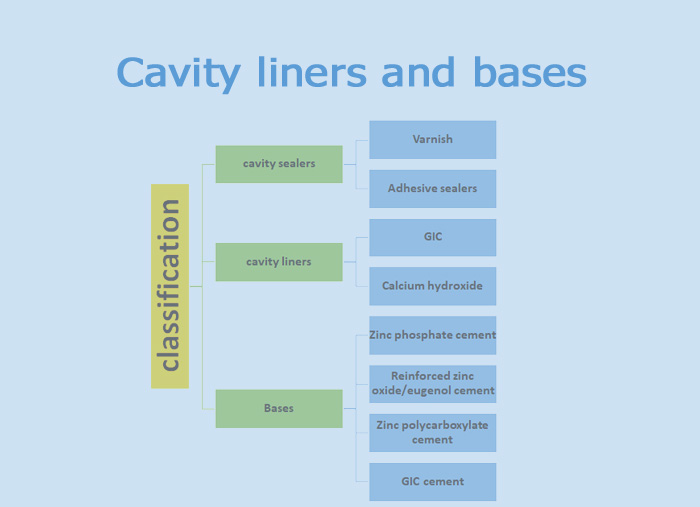
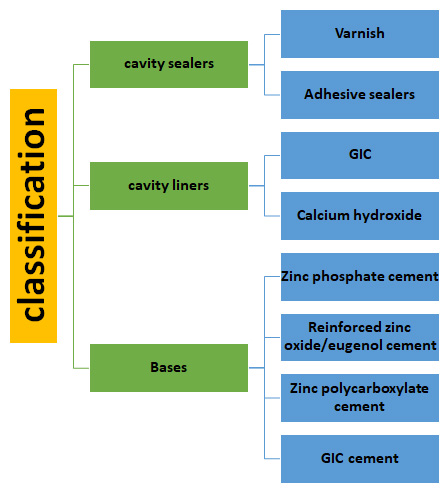
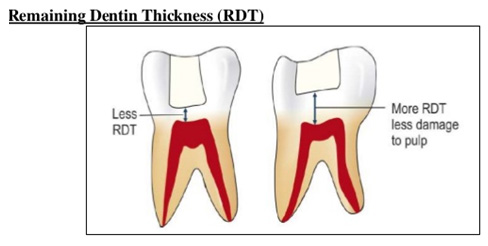
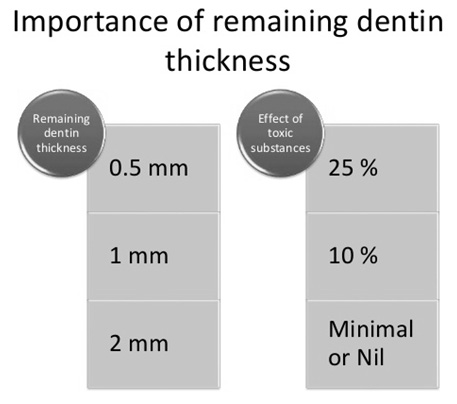
Cavity varnish
- It is a natural gum (copal resin) or a synthetic resin dissolved in a solvent such as chloroform, alcohol, and acetone. The solvents evaporate leaving the resin behind.
- Applied in thin layers - 2-5 microns
- Varnish should be confined to dentin
- It has been used under amalgam and before cementation of indirect restorations with zinc phosphate cement
- To seal the dentinal tubules, which will reduce the effects of micro leakage.
- It is not thick enough to provide thermal insulation
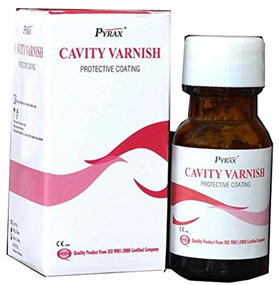
Contraindications
- Composite – free monomer layer dissolves the varnish
- Ca (OH) 2 & ZOE – beneficial effects are lost
- Polycarboxylates – interferes with adhesion
- GIC –blocks fluoride production
Cavity sealers
- A materials provide sealing as well as bonding at the interface between cavity preparation walls and restoration
- Examples include: Adhesive bonding systems, resin luting cements and glass ionomer luting cement.
- The film thickness 20-50 µm
Cavity liners
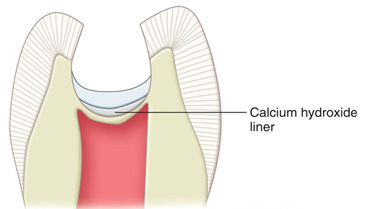
- Minimum thickness -0.2- 1 mm
- To provide barrier against the ingress of bacteria
- To provide Therapeutic effect and applied only to the dentin Cavity walls that are nearer to the pulp.
- Suspension of calcium hydroxide in volatile solvents such as methyl ethyl ketone or ethyl alcohol.
Other types of liners
- Type III GIC
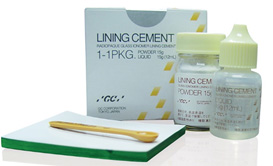
- Type IV ZOE
Cavity bases
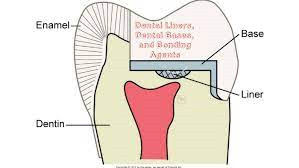
A material of minimal thickness (1 to 2mm) to replace missing dentin used for
Provide thermal protection and mechanical Support for the restoration.
Examples of Cavity Bases:-
Glass ionomer and Resin-modified glass ionomer cement
Zinc phosphate cements
Zinc polycarboxylate cement
Zinc-oxide Eugenol Cement
Glass Ionomer Cement:
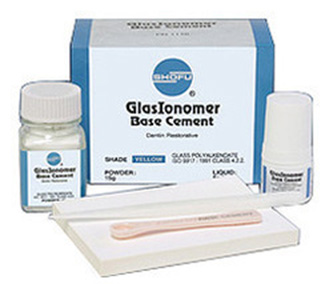
Advantages
- Anti-cariogenic effect due to fluoride release
- Chemically bonded to tooth structure
- Good physical properties
- Biocompatible to dentin/pulp complex
Zinc Eugenol Oxide
- They are cements of low strength
- They are the least irritating of all dental
- They have an obtudant effect on exposed dentin
Classification
- Type I ZOE : For temporary cementation
- Type II ZOE : Permanent cementation
- Type III ZOE : For temporary filling and cement base
- Type IV ZOE : Cavity liners
Modified ZOE Cements:
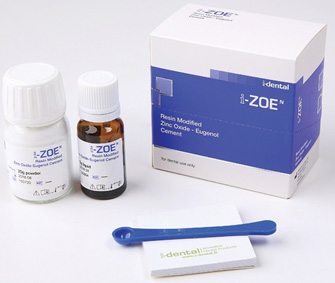
The modified ZOE cements are as follows
- EBA – alumina modified cement
- Polymer reinforced ZOE cement
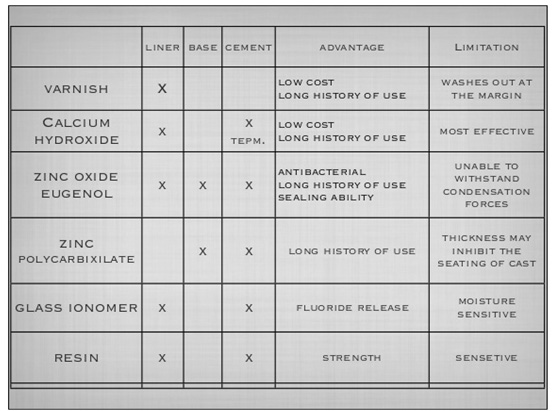
MCQ
- Permanent cement which is mixed on a glass slab
A. Bonding Agents
B. Glass Ionomer
C. Zinc Oxide Eugenol
D. Zinc Phosphate
Answer: DTo control the setting of zinc phosphate, it should always be mixed on a cool, dry glass slab, and the whole surface area of the slab should be used during the mix to minimise heat production. .
Related posts
April 10, 2025
April 9, 2025
April 4, 2025




